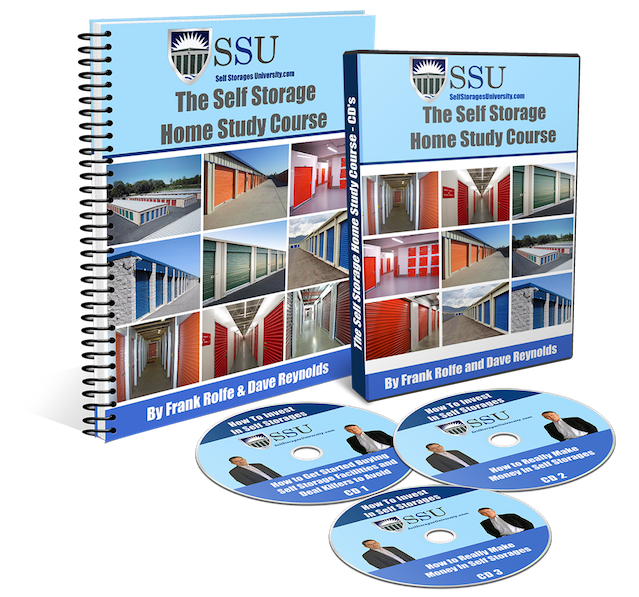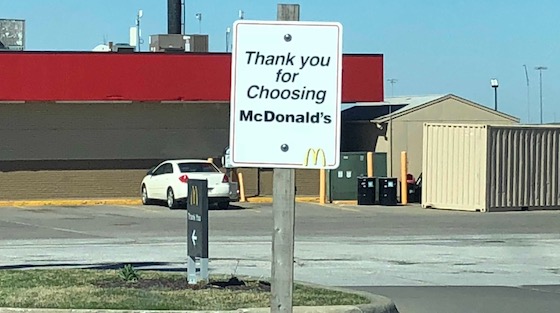America is a land of many options and tastes. There are roughly 300 million people in the U.S. and no two are exactly alike. And the same can be said of self-storage investors. So what are the types of buying decisions you have to make before looking for a storage facility to buy.
Geographic preference
What areas of America do you feel strongly about investing in? What region? Part of this may be based on where you live, but the better reason is where you feel the future of America is shifting. Remember that self-storage – like all real estate – is built upon the foundation of location, location, location. Some regions have been sleepers for decades (like Alabama and Georgia) and others have been perhaps too overheated for decades (California and Washington). But where do you think things will be in the future? That’s what’s important.
Size of deal
For most buyers, this is a function of down payment. So take your available capital and multiply by five and that’s probably around the size deal you are looking for. That’s not to say you can’t expand that range with a partner or a willing seller who will carry the financing.
Financing structure
Are you bankable? Are you OK with carrying debt and, if so, at what LTV ratio? Some people are only comfortable with 50% LTV (loan-to-value ratio) while others may be perfectly fine with 90% LTV. Obviously, the higher the ratio the higher the risk. Also, are you OK with signing recourse loan documents, or are you only agreeable to non-recourse debt (debt in which the most you can lose in a foreclosure is the amount of down payment)? This must all be decided.
Cap rate
What cap rate are you comfortable with (or, effectively, what level of return)? The “cap rate” is what you get when you divide the net income by the cost of the deal (the industry norm is around 5% to 8%). Obviously, the higher the cap rate, the more money you’ll make, but there’s also the issue that the lower the cap rate – typically – the lower the risk of the deal hitting its targets.
Ability to push cash flow
Most of the positive cash flow that comes from a storage facility after purchase (except for 25 years into the future when the property’s mortgage is paid off) comes from improving the occupancy and pushing the rents (also cutting the costs in some cases). But some storage properties are already at 98% occupancy and full market rents, so there’s not much you can do to create additional net income. How important is that to you?
Conclusion
There are roughly 45,000 self-storage facilities in the U.S. These come in a wide variety of sizes and prices and, of course, locations. It’s important to honestly assess what you’re wanting before you even begin to look at – and make offers on – deals.





